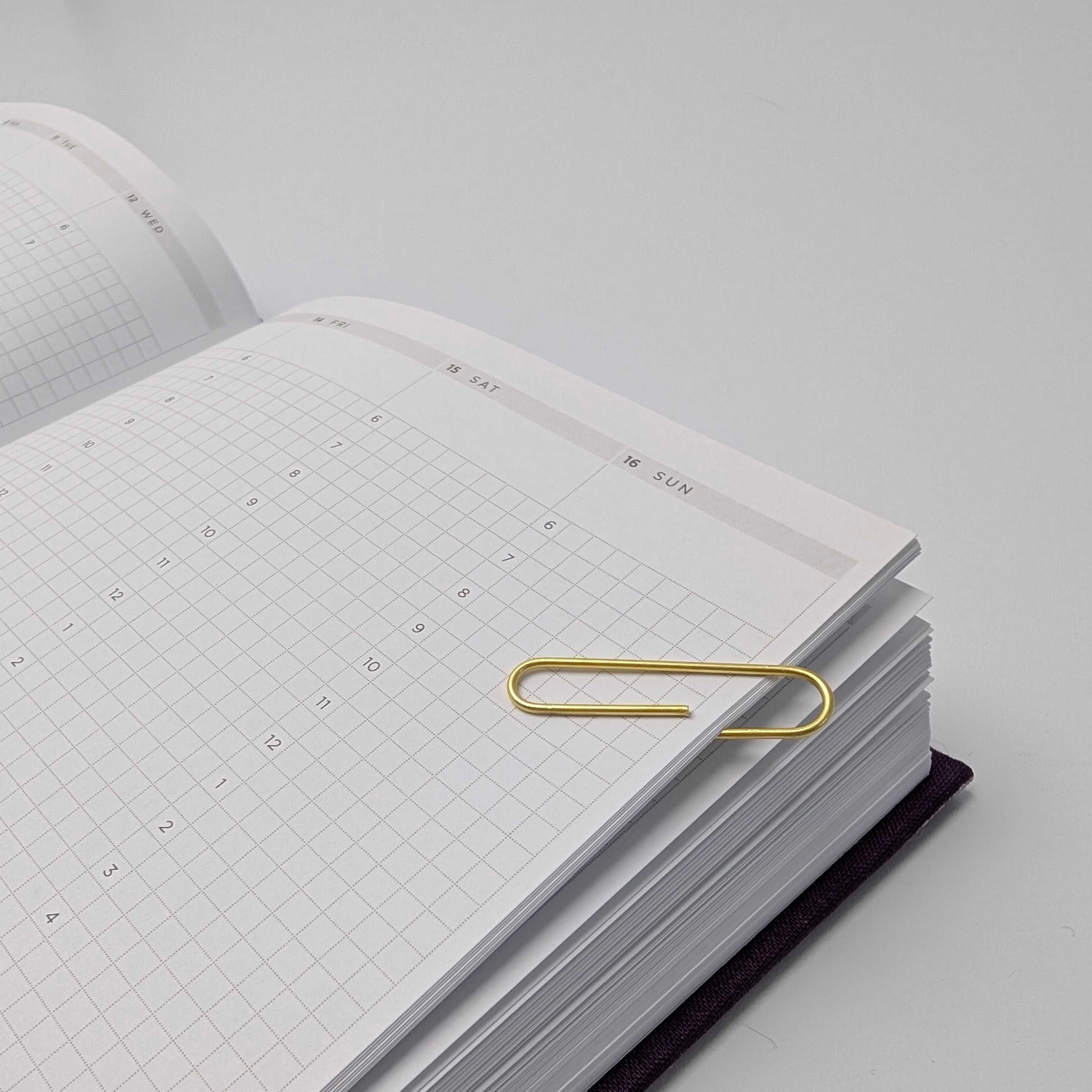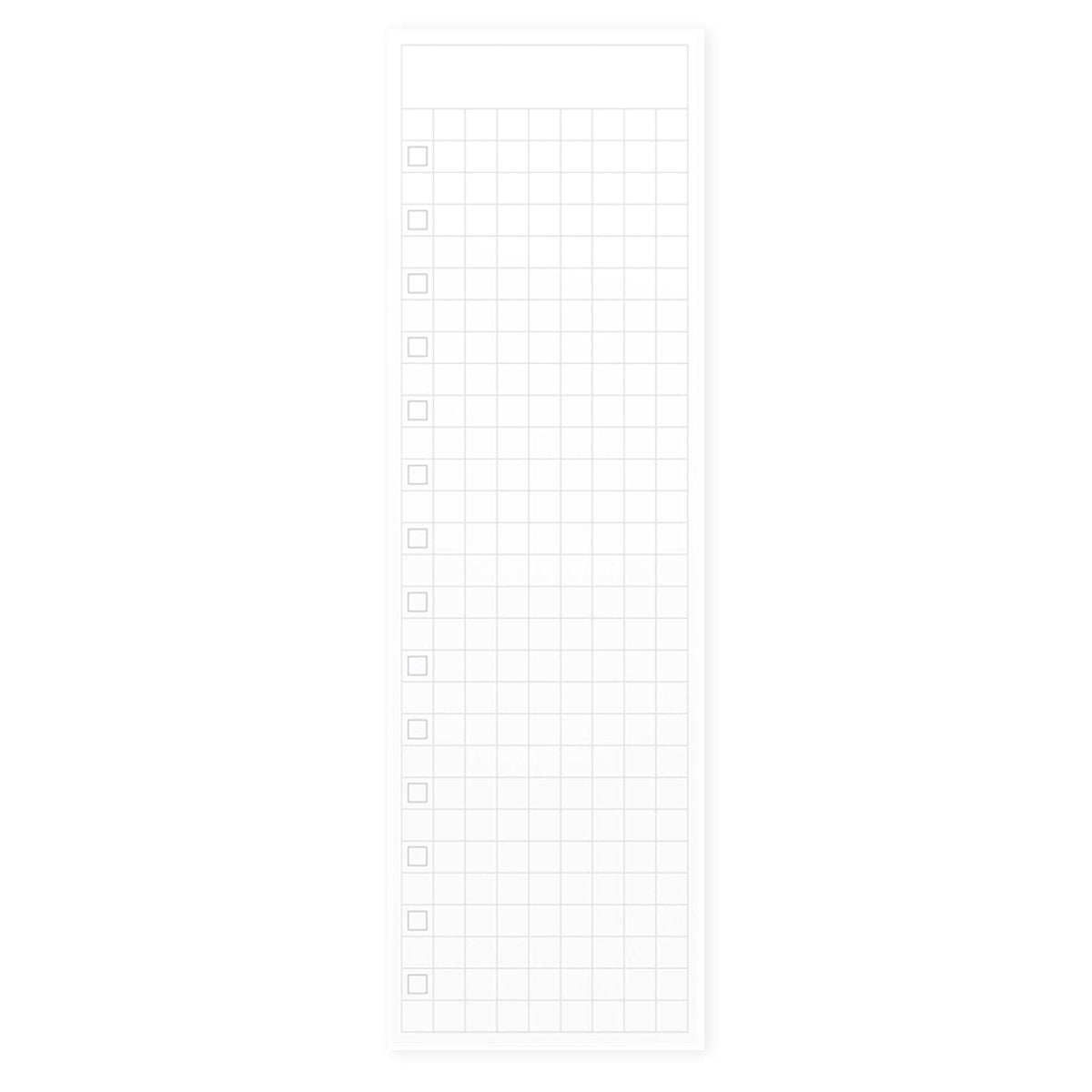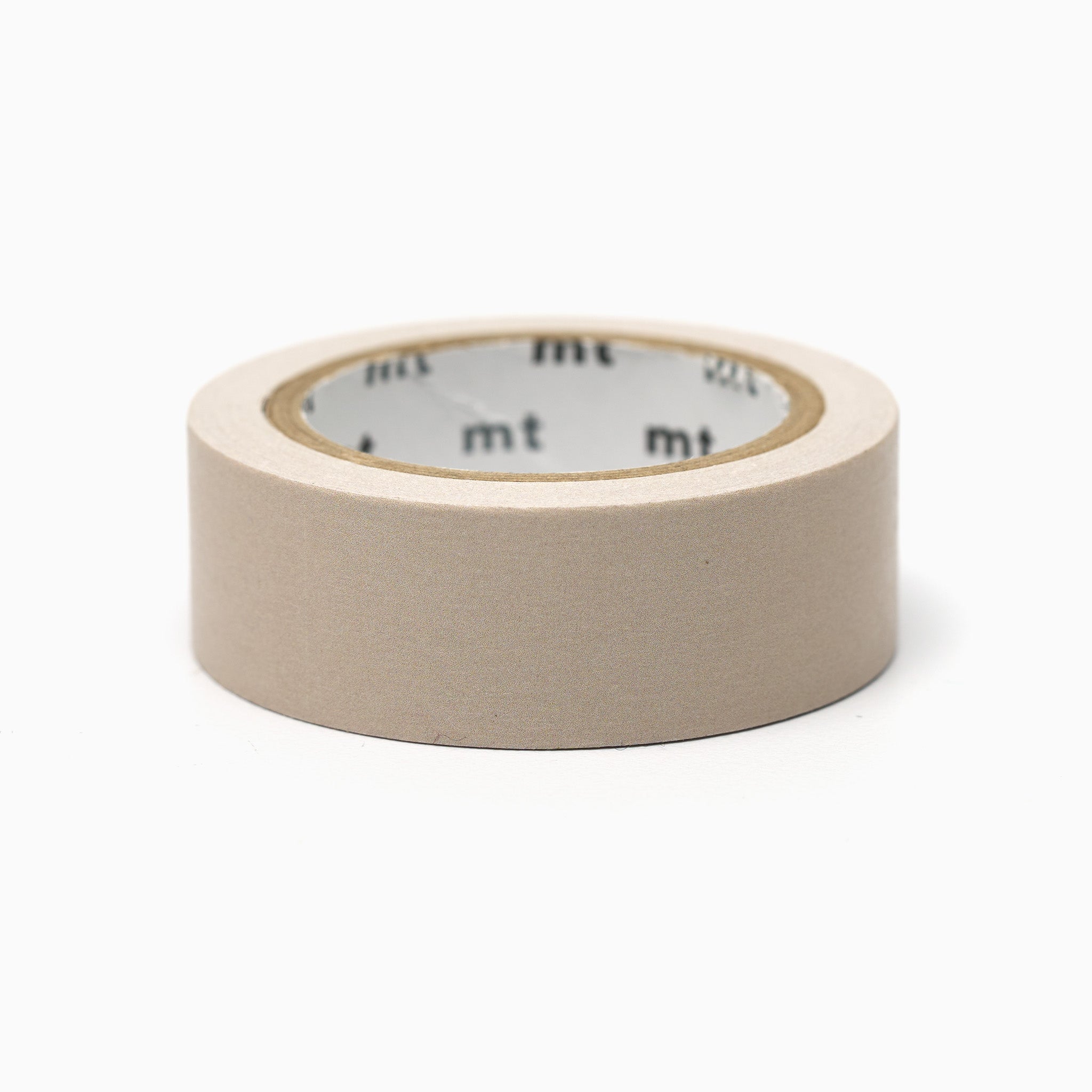

Weekly planners with horizontal layouts are a common planner format, but can seem overwhelming if you're new to using them. Horizontal weekly layouts are usually spread across two pages; the days of the week are typically on the left page, while the right page is blank.
Mastering the Horizontal Weekly Layout
While vertical weekly layouts tend to be more functional for people who need to schedule hour-by-hour, the horizontal weekly layout allows for more flexibility, and can work better if you don't have a set schedule. This design is simple and versatile, with plenty of space to organize your days and be creative with your planning.
With the days of the week using the full width of the page, you'll have lots of space for making plans, keeping track of appointments, and making notes. Here are some ideas to help you effectively utilize the horizontal weekly layout and unlock its full potential.
Divide the space
Dividing the horizontal weekly page into columns is great if you prefer to separate your personal plans from your work ones. You can use one column for appointments, another for your to-dos, and a third for meal planning or affirmations for that day.
The customization potential of the horizontal weekly layout means you're able to make it work for your needs. Simply draw some lines down the page, or use your favourite washi tape to divide up the space.
Track What's Important
The horizontal weekly page has a lot of space, so you can track more than just your appointments and tasks. There are other things you might want to have at a glance each week, and we've listed some ideas for you.
- Keep track of your goals: The horizontal weekly page has enough space that you can dedicate a section to outline your weekly goals. Break them down into manageable tasks and allocate time throughout the week to work towards achieving them. This proactive approach fosters progress and keeps you motivated.
- Meal plan and fitness plan: You can section off some space to plan your meals and workouts for the week. Having a clear overview of your meal plan and workouts ensures you stay on track with your health and wellness goals.
- Weekly reflection: Set aside space at the end of each week to reflect on your accomplishments, challenges, and areas for improvement. Use this insight to refine your approach and make adjustments to your plan for the weeks ahead.
- Practice daily gratitude: Reserve a small space to write one thing you're grateful for every day. Daily gratitude practice enhances overall well-being by fostering a positive mindset and reducing stress through focusing on what one is thankful for each day (Emmons & McCullough, 2003, p. 377).
- Decorate and embellish: Decorating the weekly page is another great way to break up the space. If you enjoy adding creativity to your weekly planner, the horizontal weekly layout provides ample space for decorations and personal touches. This way, you can make it aesthetic while letting your plans be the focus.

Exploring the Blank Page
Blank pages can be intimidating, but it's what makes the horizontal weekly layout so versatile. You can set it up as a dashboard, similar to bullet journal spreads, where you track the same things every week. Or, you can simply use it for notes or journalling. If you're looking for some inspiration on how to use the blank page, we have some ideas some for you.
- Daily Journaling: Establish a daily journaling habit by documenting your thoughts, feelings, and noteworthy events. Reflecting on your experiences fosters self-awareness and personal growth.
- Project management: Keep track of your projects' progress by creating timelines, checklists, or progress trackers. Being able to see all this information on paper helps clear your head and keeps you on track.
- Habit Tracking: Design a habit tracker to monitor your daily routines and habits. Whether it's drinking enough water, practicing mindfulness, or reading for pleasure, tracking your habits fosters accountability and encourages consistency.
- Mind Mapping: Use the blank page to create mind maps related to your weekly goals, projects, or brainstorming sessions. Visualizing your ideas can stimulate creativity and provide clarity on complex concepts.
- Creative Expression: Embrace your artistic side by using the blank page for doodling, sketching, or creative writing. Engaging in creative activities promotes relaxation, reduces stress, and enhances overall well-being (Stuckey & Nobel, 2010, p. 258).
To conclude, the horizontal weekly planner has a space for each day of the week and a blank page for creativity. By effectively utilizing both pages, you can streamline your schedule, prioritize tasks, and foster creativity in your daily life.
Footnotes
- Emmons, R. A., & McCullough, M. E. (2003). Counting blessings versus burdens: An experimental investigation of gratitude and subjective well-being in daily life. Journal of Personality and Social Psychology, 84(2), 377-389.
- Stuckey, H. L., & Nobel, J. (2010). The connection between art, healing, and public health: A review of current literature. American Journal of Public Health, 100(2), 254-263. (p. 258)






